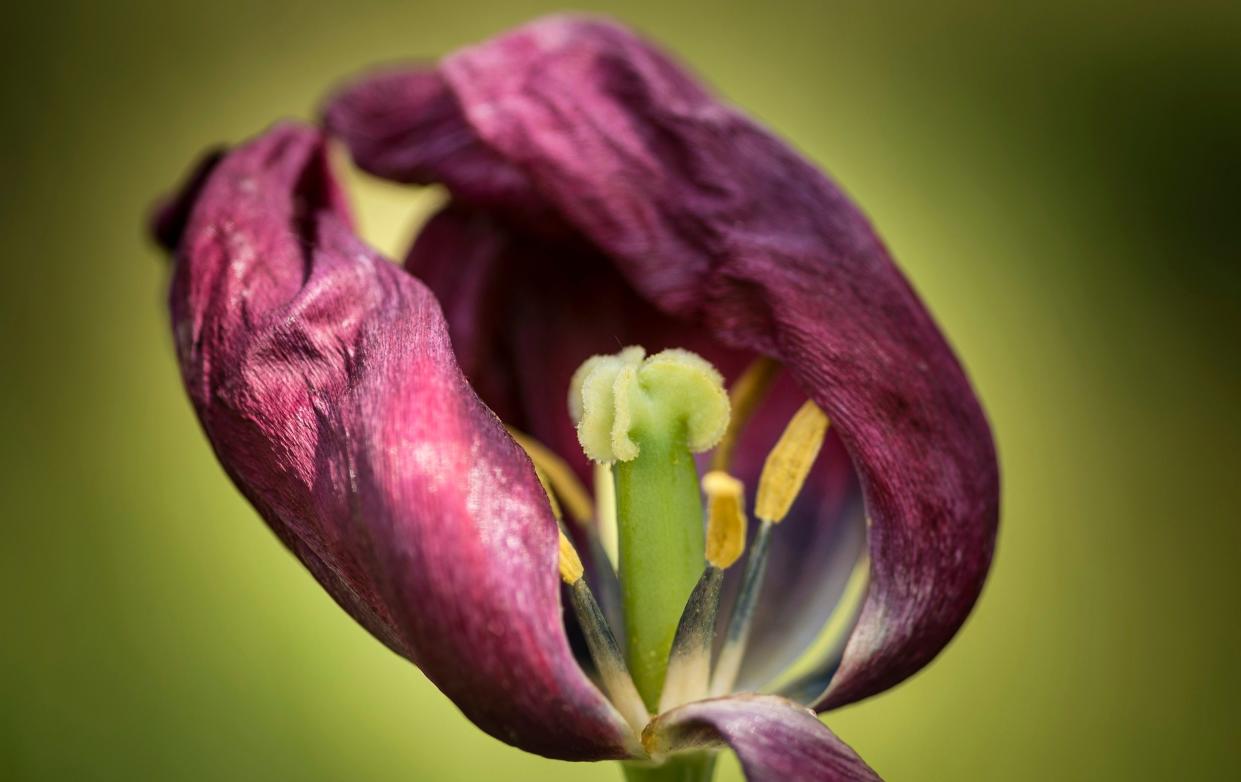What is the right way to deal with going-over tulips?

If you love your garden but need advice on how to keep it looking lush and welcoming all year round, top head gardener Tom Brown can help. In this regular column he demystifies common gardening problems, explains what to tackle when, and shows how to make every moment on the plot more fun and productive. Happy gardening!
What is the right way to deal with going-over tulips?
Despite being a little shorter due to the dry weather, tulips have given us so much joy over the past month. The majority of what a tulip requires to grow in its first year is already held within the bulb, but we need to step in when the flower fades.
You will notice the petals begin to fall onto the ground and at this stage, the decorative thrust of the bulb is done. As soon as the swollen seed head begins to form, remove the flowering stem in its entirety, right down to the base where it meets the leaves.
Removing this seed head prevents tulips from wasting energy on producing seeds. To promote a better flowering performance next year, after the head has been removed, sprinkle a handful of sulphate of potash per square metre (10 sq ft) around the bulbs and feed once a week with a diluted tomato feed. With these two actions, we increase the amount of potash in the bulb, which is the nutrient responsible for flower formation.
The other important way in which we can help tulips to perform well next year is to allow the leaves to dry out, turning a straw colour, which returns the nutrition in the foliage to the bulb. Once the leaves have dried out completely, they can also be removed.
If you’ve cut a few flowers from the garden – or bought a bunch – you can increase their vase life by trimming a little off the base of the stems when you get them home and keeping the water fresh and topped up, as tulips are very thirsty. Dirty water harbours bacteria, which will lead to a more rapid deterioration of the flowers. Tulips will continue to grow in water.


